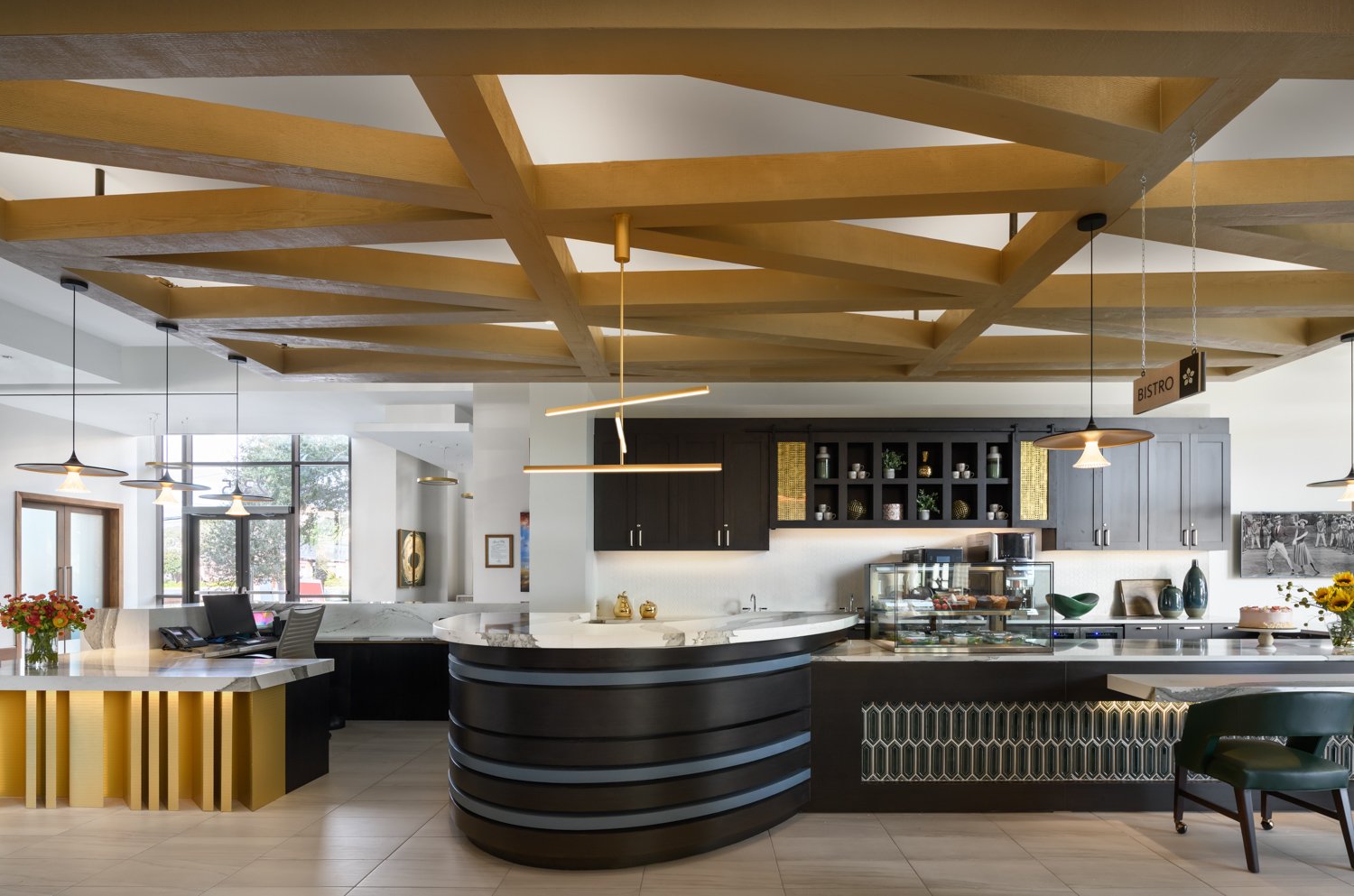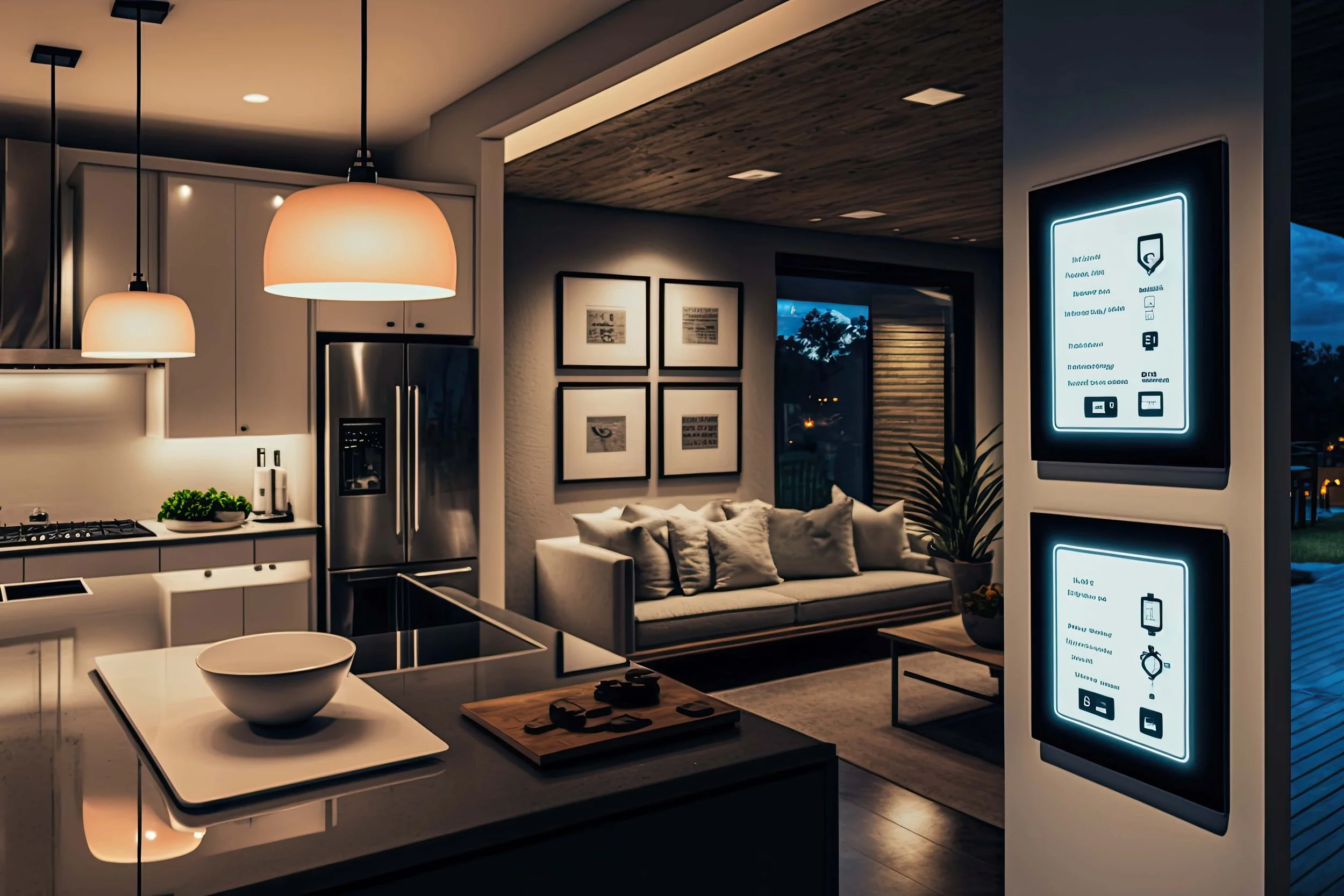Design A Thriving Active Adult Community With These Key Design Elements
Active Adult Communities are expected to become more popular as young baby boomers and empty nesters start moving into this transitional period. However, these new lifestyle communities come with their own set of challenges. Such as how to brand and market them. Or how to differentiate them from multifamily or senior living communities. From our expertise in designing successful independent living and multifamily communities, here are some helpful design elements to consider when designing an active adult community.
Understanding the Needs and Preferences of Active Adults: It's essential to understand the unique needs and preferences of active adults when designing an active adult community. Active adults typically value amenities that support a healthy and active lifestyle, such as fitness centers, walking trails, and swimming pools. They also appreciate social spaces like community centers, gathering spaces, and event venues that encourage community engagement and socializing.
Creating Multigenerational Communities: While active adult communities are designed specifically for seniors, they should also consider accommodating the needs of multigenerational families. For instance, the inclusion of play areas and parks can provide a space for seniors to spend time with their grandchildren. Additionally, including intergenerational activities and programming can help foster a sense of community and connection across different age groups.
Incorporating Universal Design Principles: Active adult communities should be designed with universal design principles in mind to ensure that they are accessible to all residents, regardless of their age or ability. This includes incorporating features such as wide hallways and doorways, accessible bathrooms and showers, and lever-style door handles that are easy to grip.
Emphasizing Sustainability and Energy Efficiency: In today's eco-conscious world, it's important to incorporate sustainable and energy-efficient features into active adult communities. This can include solar panels, energy-efficient lighting, and appliances, and low-flow water fixtures. By reducing energy usage and promoting sustainable living, active adult communities can help residents reduce their carbon footprint while also saving on utility costs.
Ensuring Flexibility and Adaptability: As seniors age, their needs may change, and it's important to design active adult communities that can accommodate those changes. This includes designing homes and buildings with flexibility and adaptability in mind and incorporating infrastructure for future modifications, such as step-free entryways or stairlifts. Additionally, having a variety of floor plans and unit sizes can ensure that residents can find a home that suits their needs as they age.
Thoma-Holec Design has proven to bring great success with our award-winning innovative lifestyle-designed communities. Let us help you do the same in your next Active Adult Community! Together we can create successful and vibrant, Active Adult Communities.




